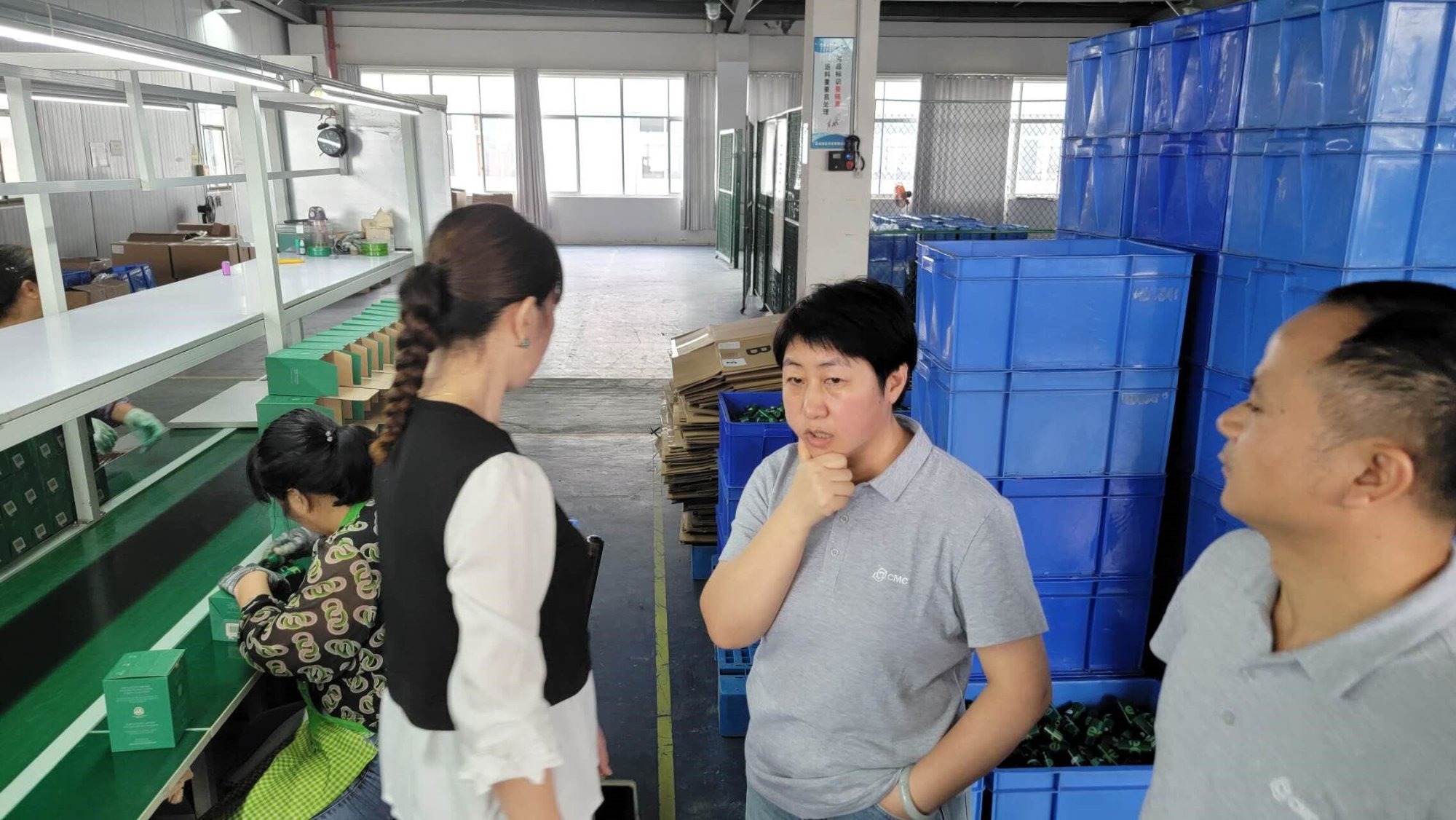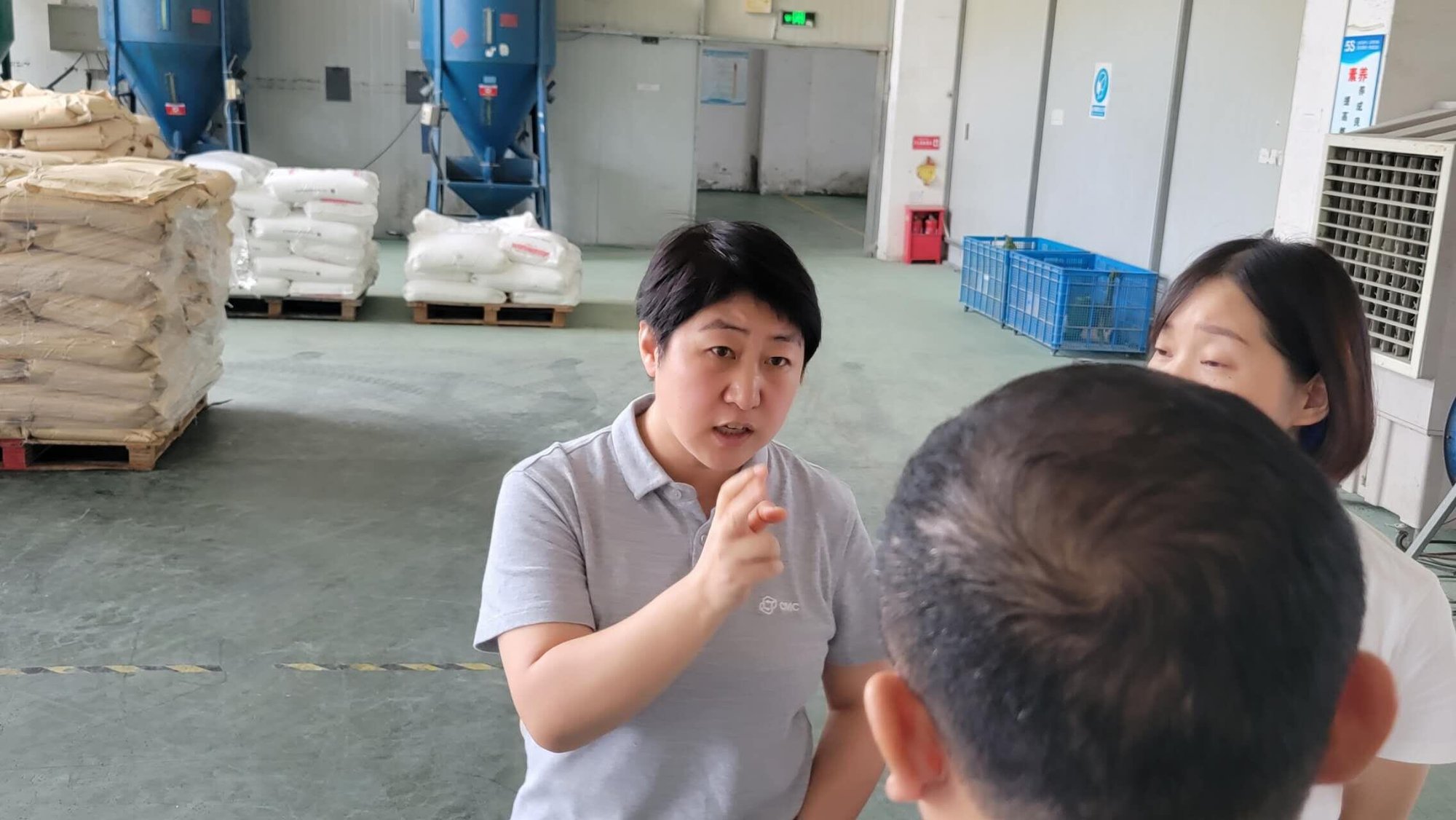In September 2023, I returned to China for the first time since COVID and explored some of the changes and opportunities within the manufacturing landscape in China. It was also my first time there since I took over as CEO of Manufacturing Transformation Group and China Manufacturing Consultants.
Here are some key observations from my recent dive into China's manufacturing scene.
China’s Technological Progress and Unexpected Cultural Insights
On my most recent visit to China, I observed significant advancements in both the business sector and technological realm. The hotels, predominantly locally run, showcased exceptional standards of service. Notably, integrating platforms such as WeChat and Didi into daily life speaks volumes about China's digital progression.
Reuniting with the CMC Team and On-Site Improvements
It was good to be back to see the whole CMC team. The team has been extremely dedicated, and I can see the improvements made on-site. Our clients in China are making impressive gains in their manufacturing operations with the team’s help. The team, led by Cindy Jin, also helped me understand the dynamic landscape of manufacturing in China.


CMC's Managing Director: Cindy Jin
Persistent Challenges in Chinese Manufacturing
In my observations of various factories, a recurring theme emerged: many struggle with challenges that have long been associated with Chinese manufacturers. These include excessive inventory, the absence of clear work instructions and KPIs, inefficient process flows, and over-reliance on labor. However, there are notable outliers that defy these norms. One such instance was a factory I visited in Jiangsu province. This factory stood out as an epitome of manufacturing excellence, surpassing any I've encountered during my tenure with MTG/CMC. Yet, for the most part, the landscape remains consistent with past experiences.
A Shift in Attitude Among Factory Owners
This time, however, I also saw a distinct shift in the attitude among the majority of the factories I visited. While the overarching narrative was consistent, one element stood out prominently: a newfound perspective among factory owners and managers.
Most factories recognized the importance of adapting and enhancing their operations in order to maintain a competitive edge. Conversations frequently touched upon dwindling order volumes and a challenging economic landscape. Though growth rates in China may still surpass those of more advanced nations, an air of uncertainty regarding future prospects was more pronounced than in my previous encounters. Intriguingly, this uncertainty didn't breed pessimism; rather, it fostered a realization that there is a capacity and a need for improvement.
The Path to Improvement With Process Improvements
Factories are now more open to seeking solutions to long-standing issues. This evolved attitude sets the stage to implement lean manufacturing principles, which aim to streamline processes, reduce waste, and optimize productivity.
Reflecting on my past experiences, the shift in perspective was starkly evident. In earlier visits, Chinese factory leadership often expressed that the desired enhancements from their clientele were unattainable, insisting that their production techniques were of no wrong. I once had an experience where a factory deemed a 70% paint wastage during spraying as an industry norm. It wasn’t and could have been improved easily.
This time, it was different. There was a sense that to compete and survive, companies would need to adapt and improve rather than push for more orders. It was exciting and gave me a new feeling of optimism about manufacturing in China. I had expected factory owners not to take the blame and refuse to change with the times.
Challenges Ahead for the Global Manufacturing Landscape
While I saw notable advancements, several hurdles persist in the form of IP risks, governmental interventions, escalating wages, and imposed tariffs. The geopolitical tensions between the US and China also play a factor in the decision-making matrix, with no immediate signs of easing. Comparatively, other potential manufacturing hubs such as Vietnam, Mexico, and India present their own sets of obstacles. Whether it’s rapidly increasing wages, inadequate infrastructure, or safety concerns, China is not alone in the challenges the manufacturing landscape faces.
All this means that there are no easy answers on where to manufacture and that rushing from one location to another is a bad idea. As for me, despite its risks, I see more opportunity in China now than before, especially for smart and nimble smaller manufacturers that are comfortable with the uncertainty of this new world.
Have you recently seen a shift in China's Manufacturing Landscape? Let us know below.




